Wij nemen waar.
Wanneer wat wij waarnemen voor waar aannemen, wordt de realiteit zoals die aan ons verschijnt voor ons de werkelijkheid zelf;
De vorm wordt het object in haar totaliteit.
We perceive.
When what we perceive is taken for true, reality, as it appears to us, becomes for us reality itself;
The form becomes the object in its totality.
68 .jpeg images digitally stacked and turned into .mp4 file
68 .jpeg images turned into .obj + .mtl files, these are compiled in software to represent a textured 3D model placed in a digital environment
.obj file shown as a point cloud in a digital environment.
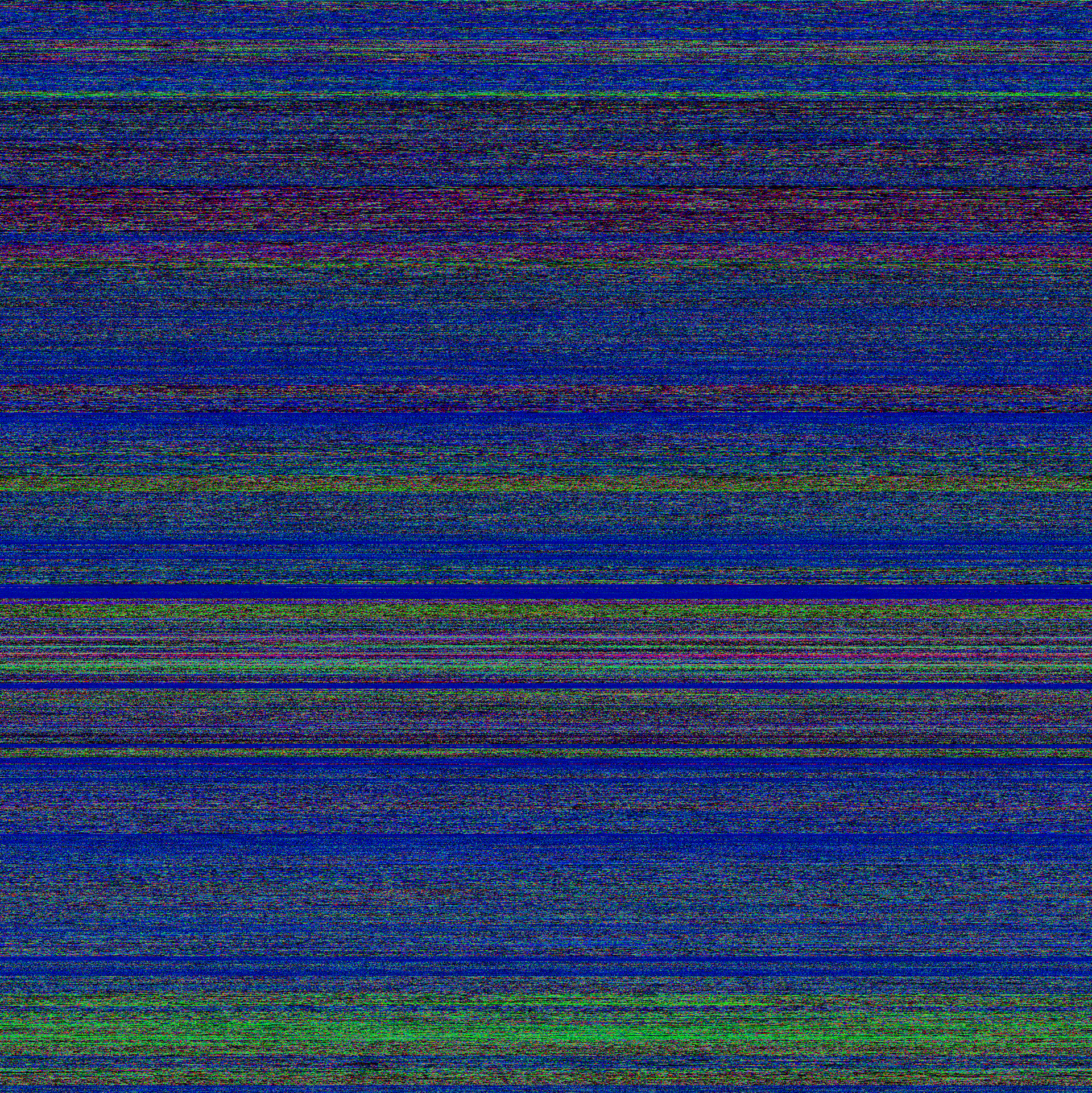
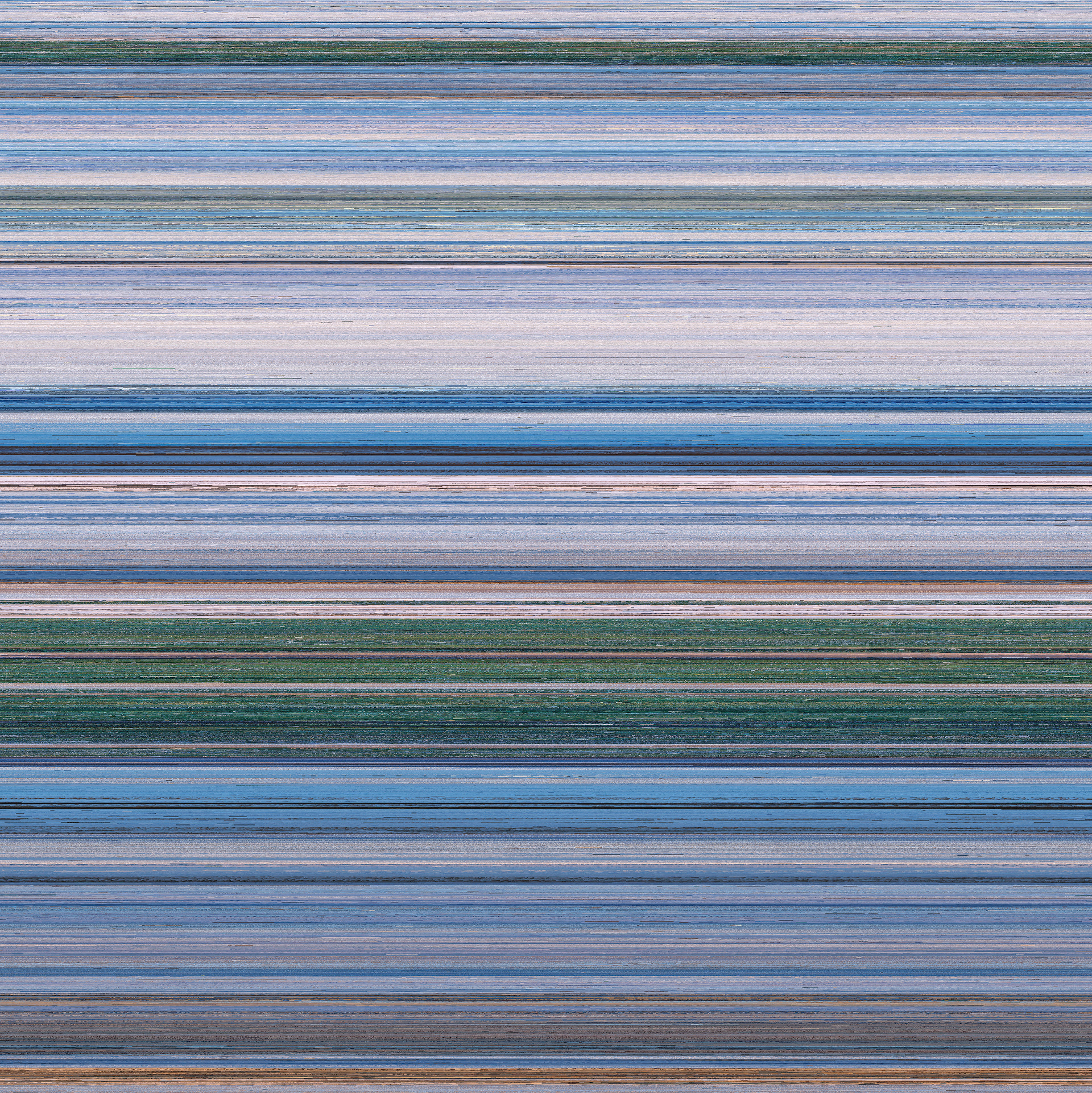
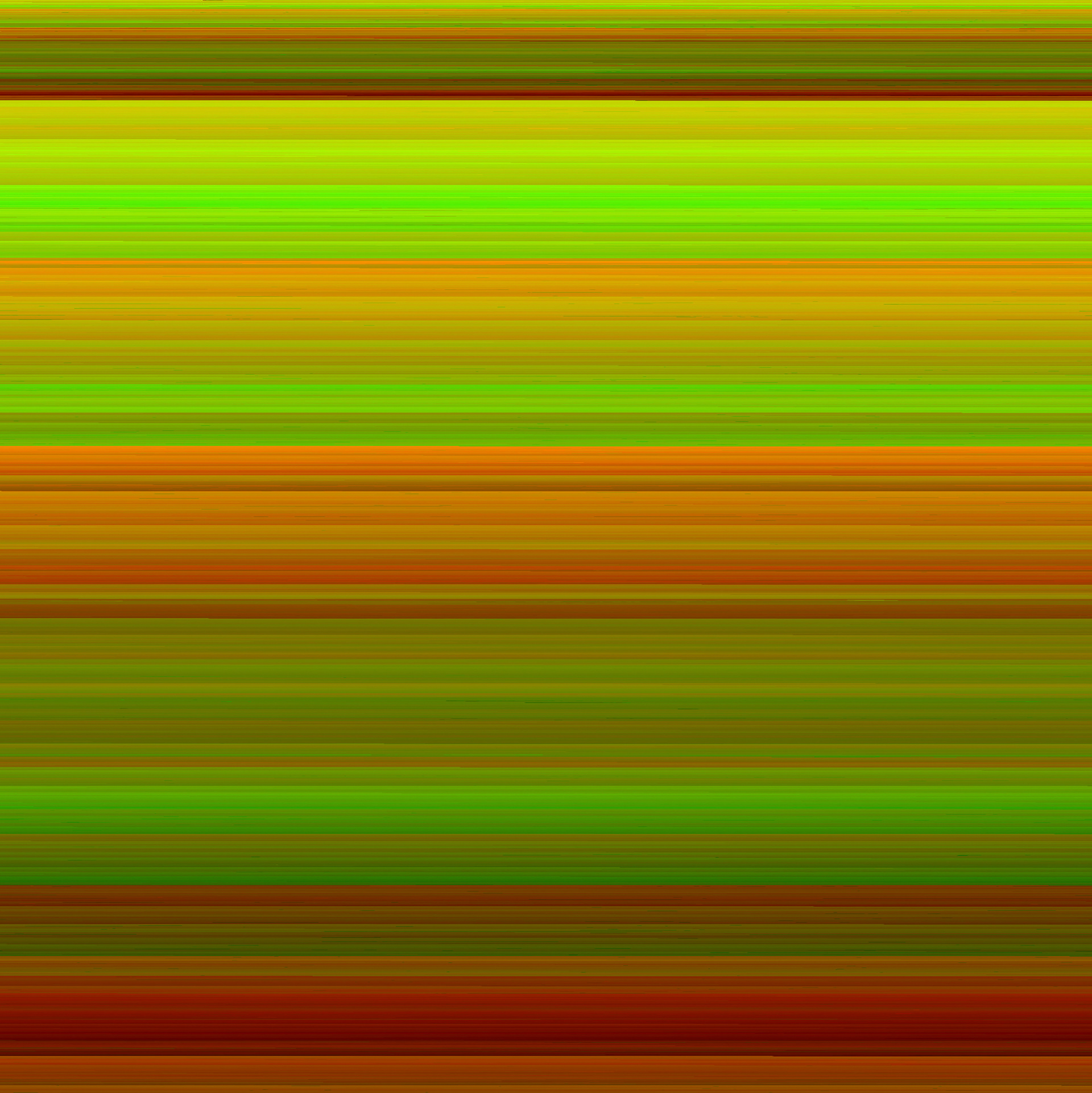
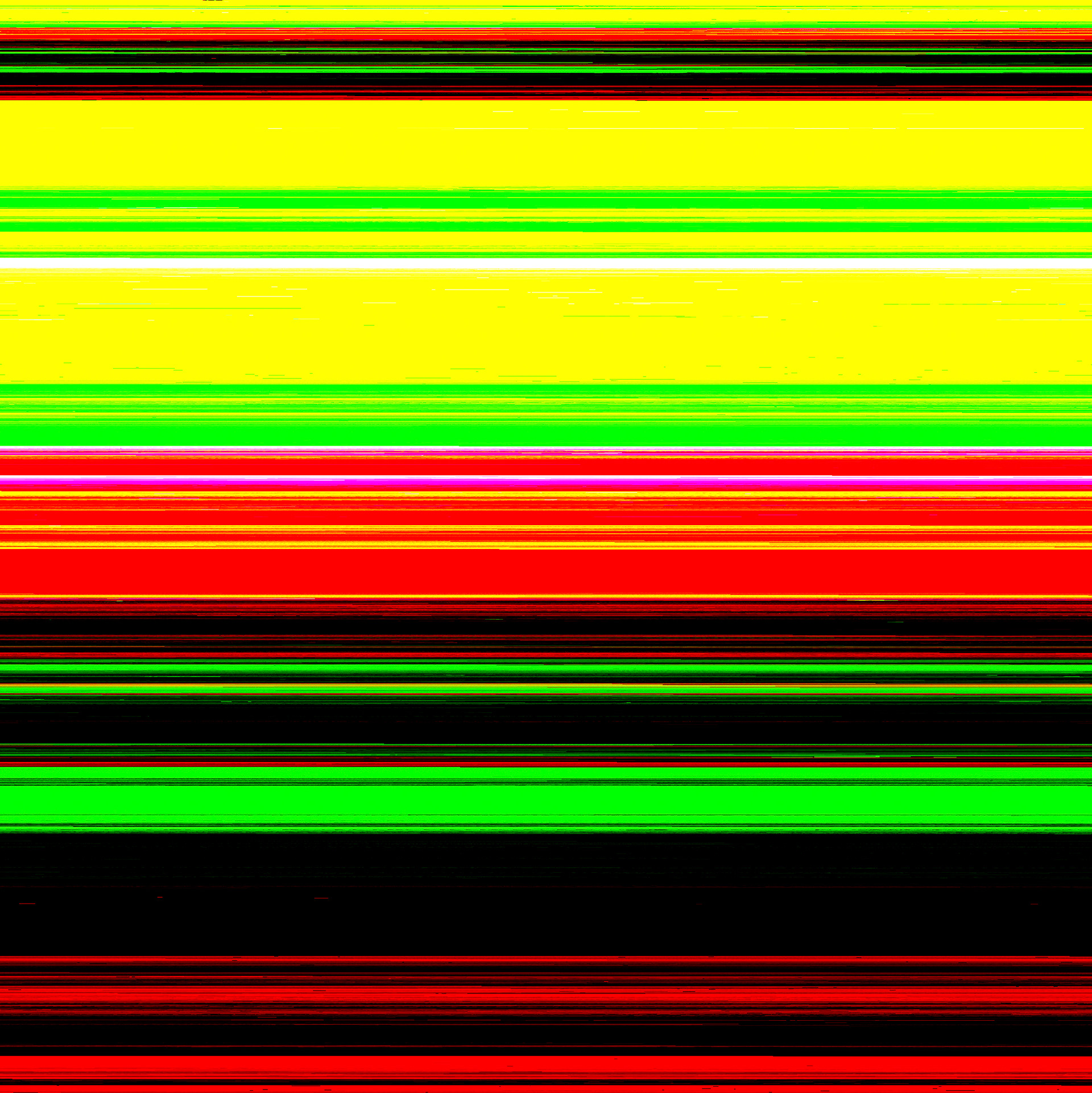
Computer generated .Tiff mapping files: an RGB map, Normal map, UV map, and a XYZ map, that represent the 3D object.
.obj point cloud coordinates translated into a 275-page, A3 format book containing all 450.000 points
.obj point cloud points translated into audio trough a modular synthesizer
Audio spectrum of the generated audio, 12 layered 3D print onto a flat black surface.
the plant, objectively described in words, translated into 102 languages, bundled into a book
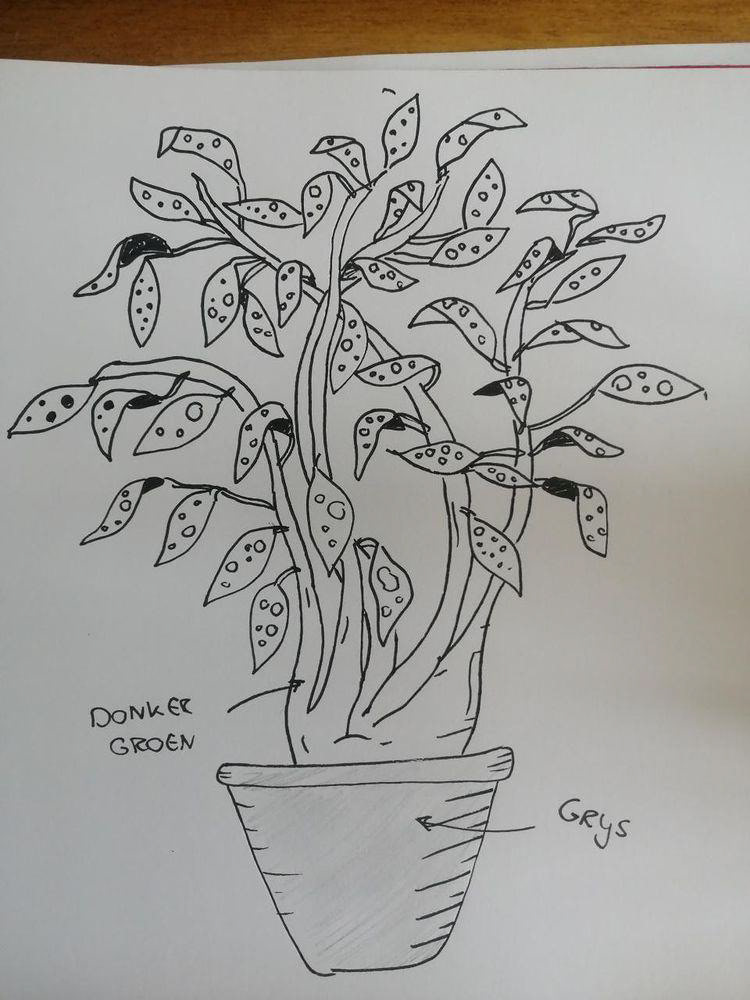
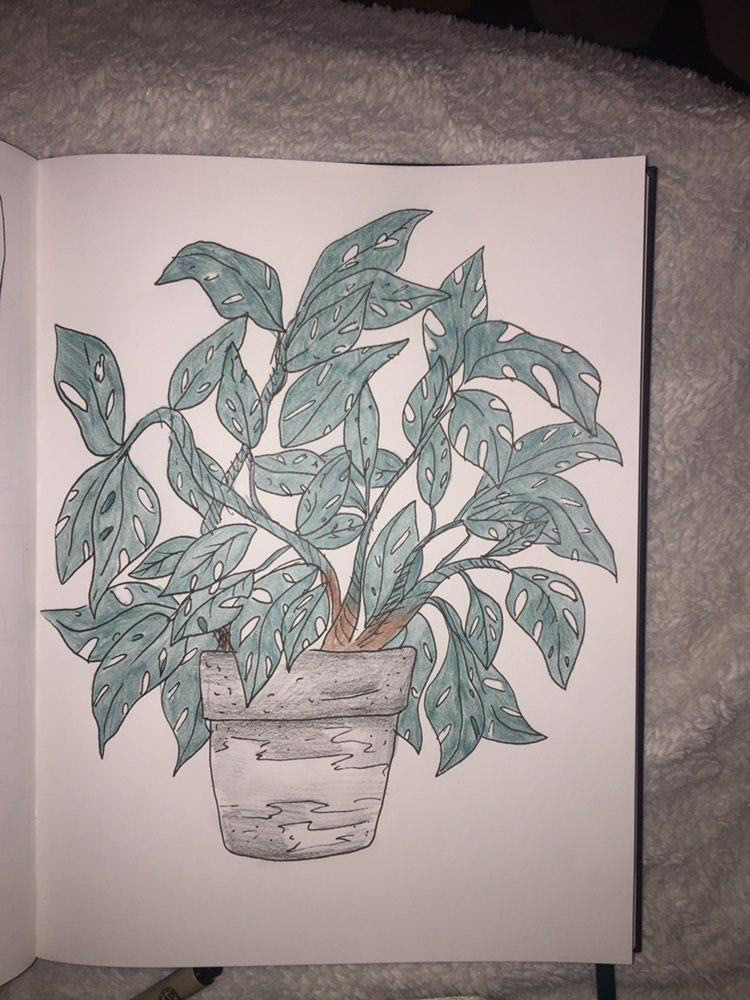
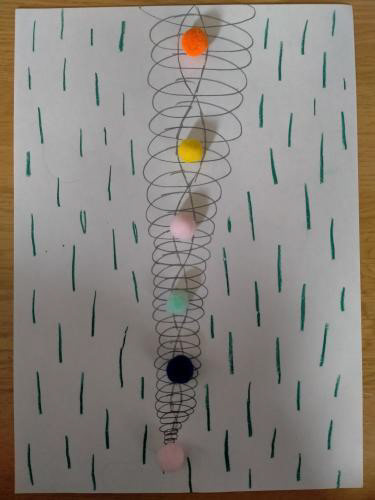
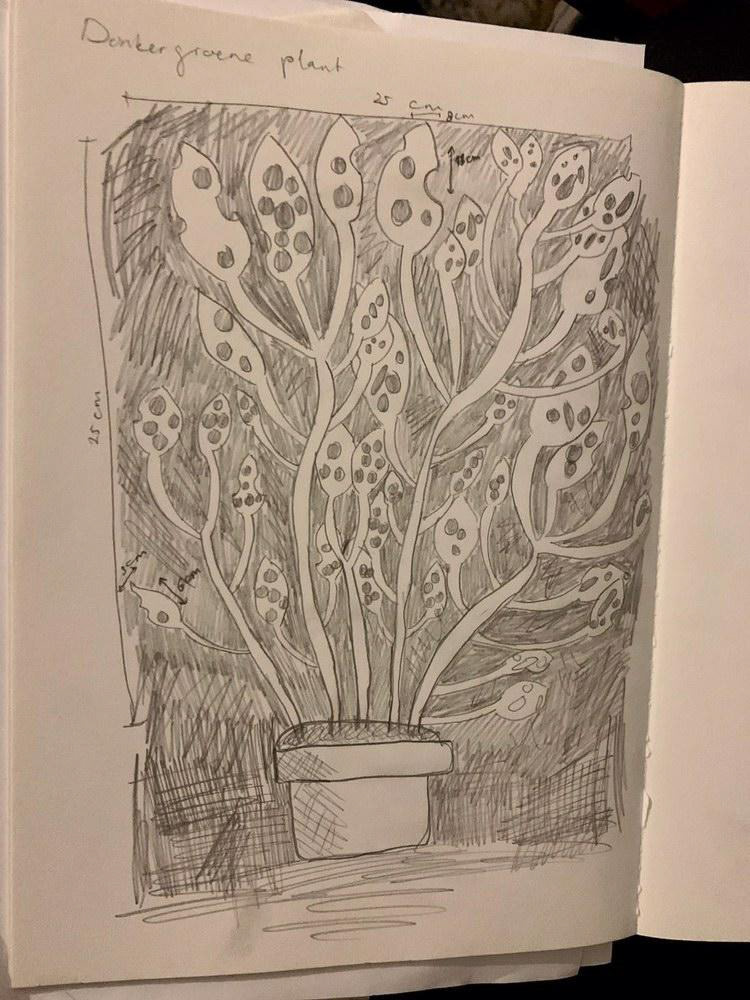
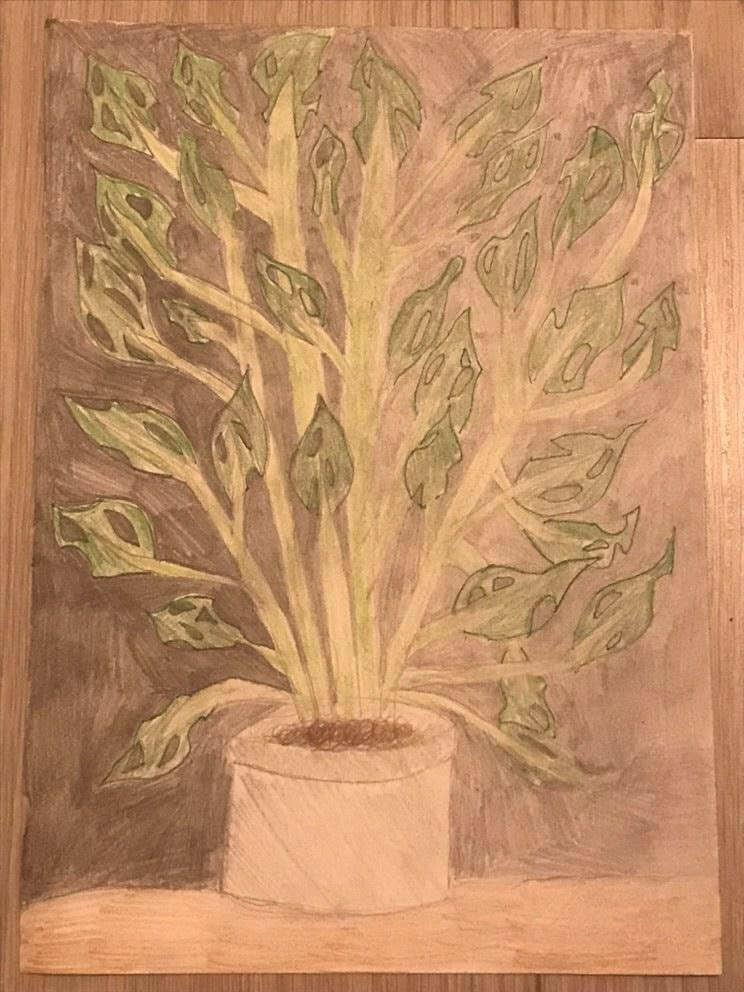
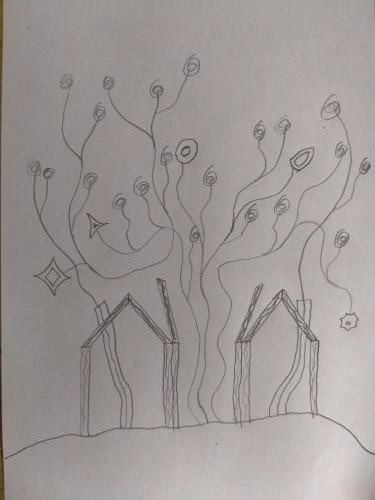
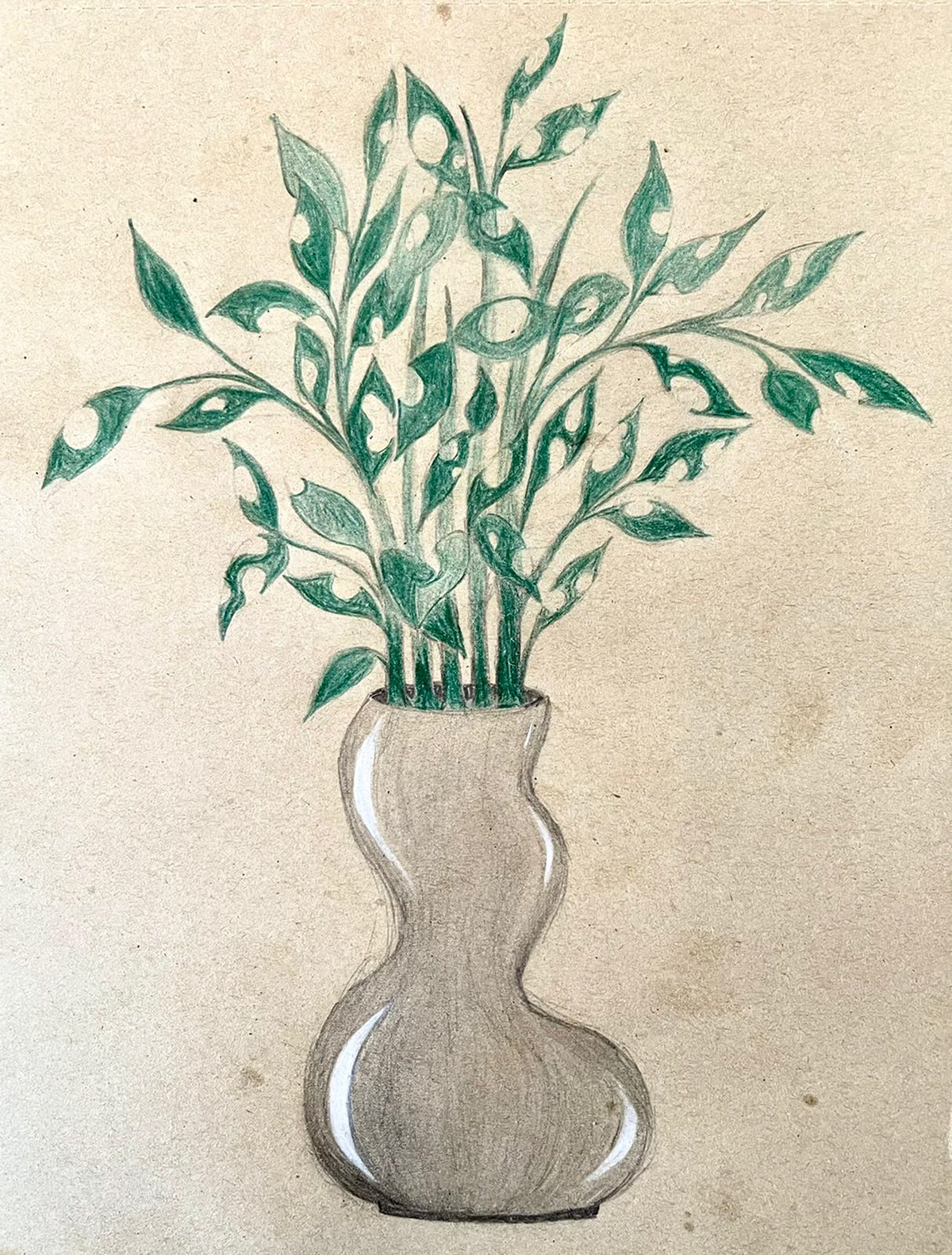
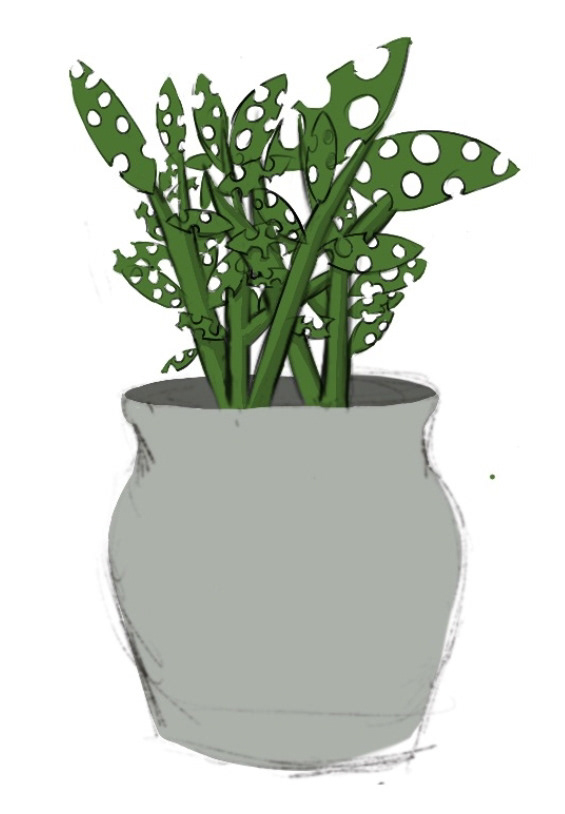
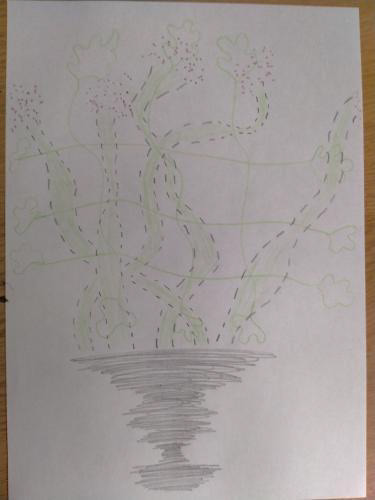
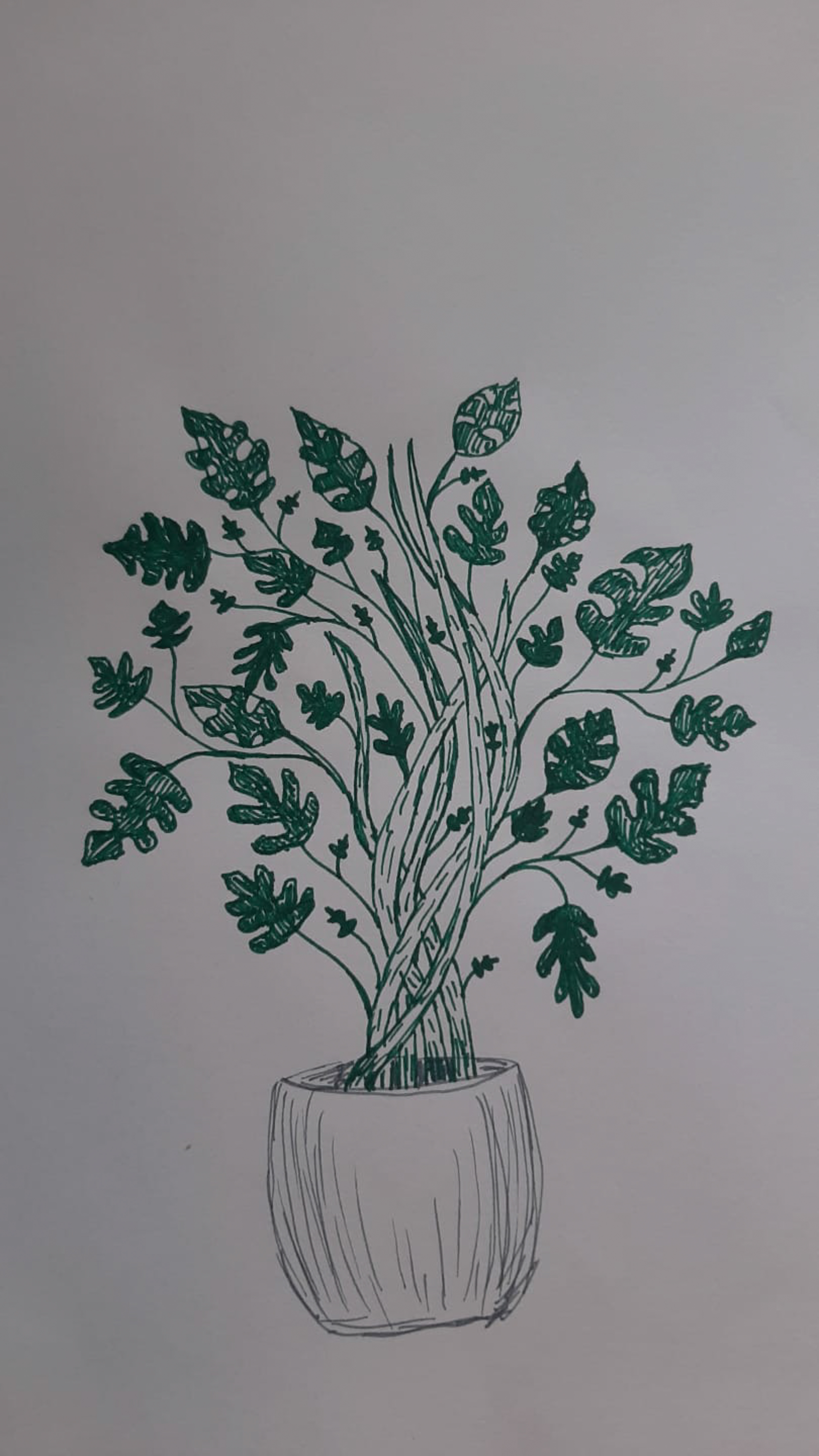
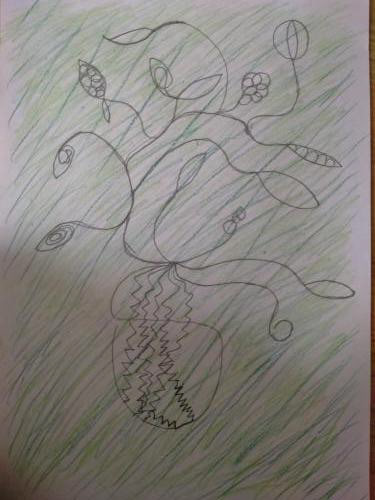
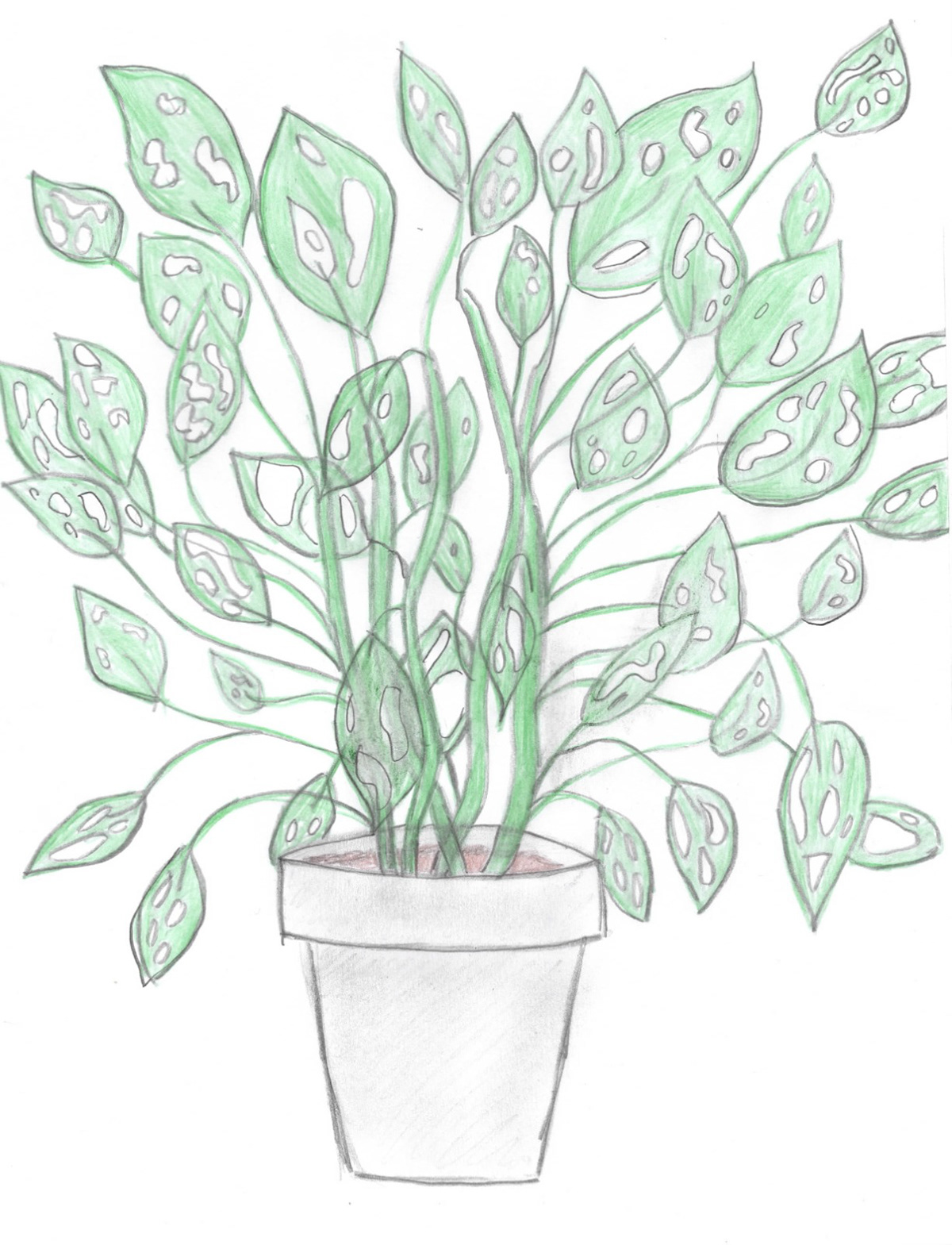
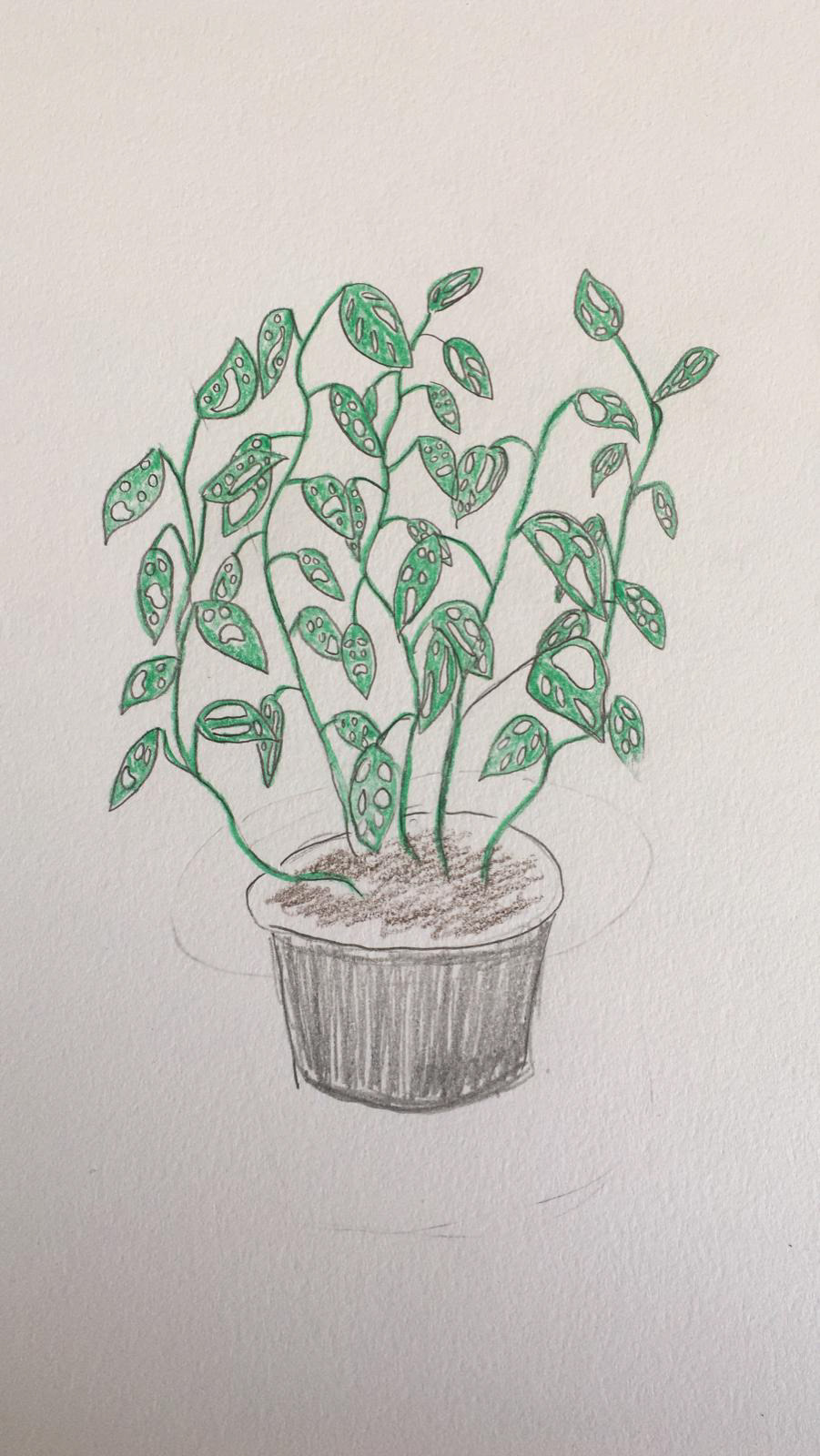
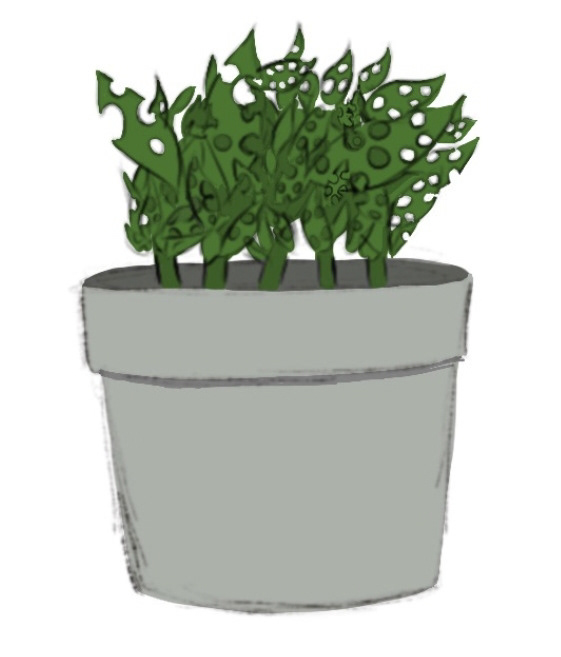
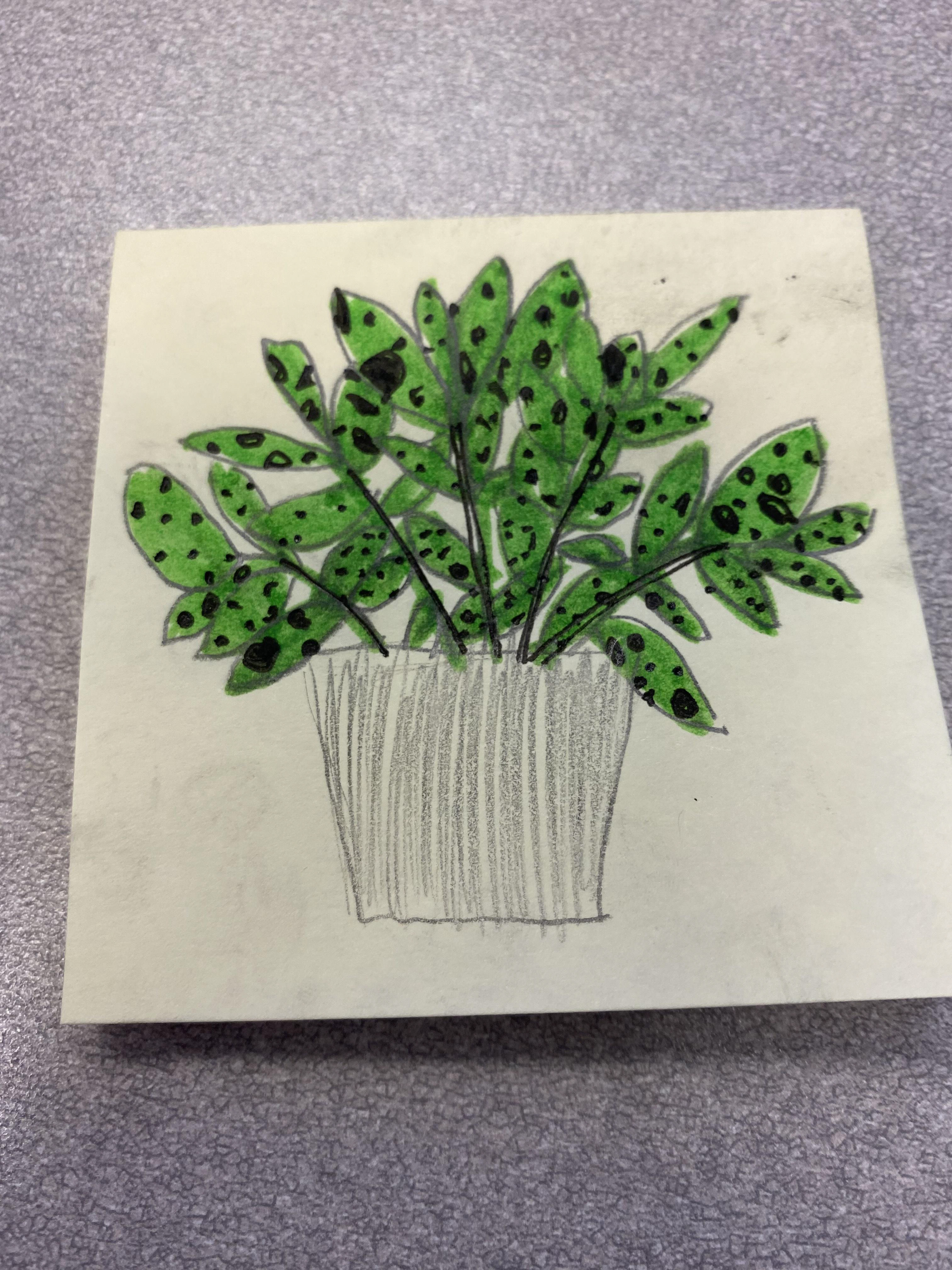

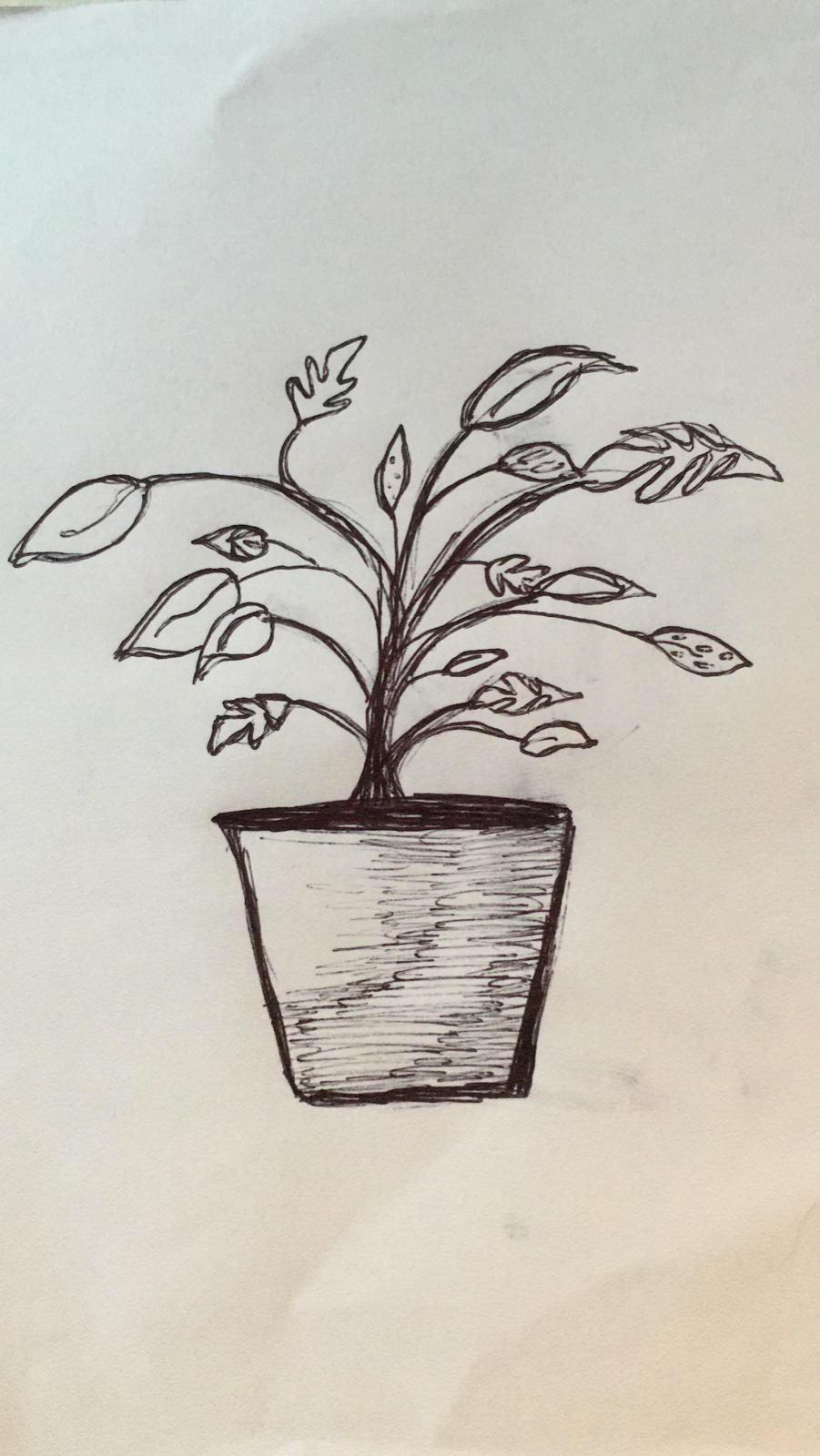
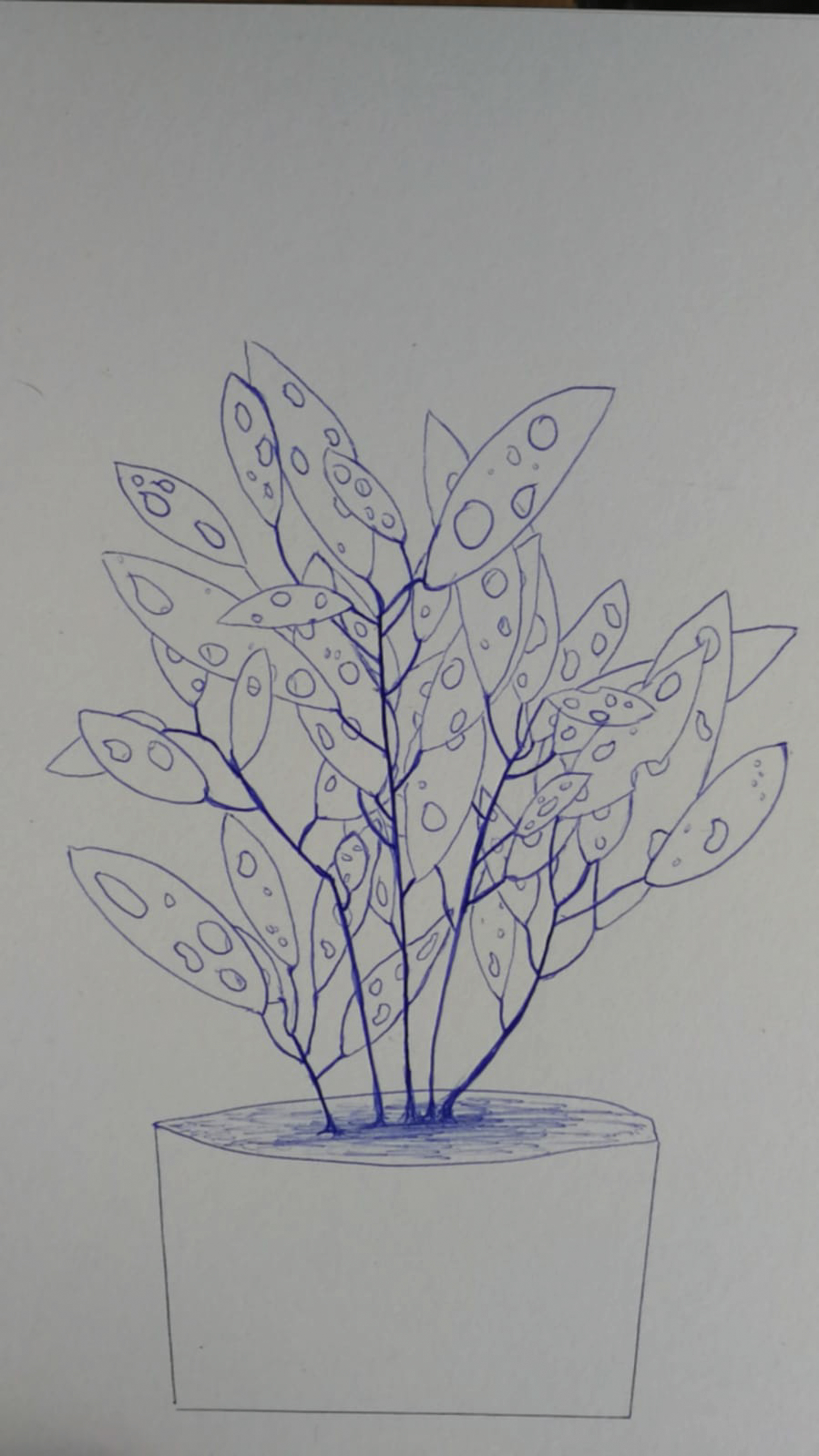
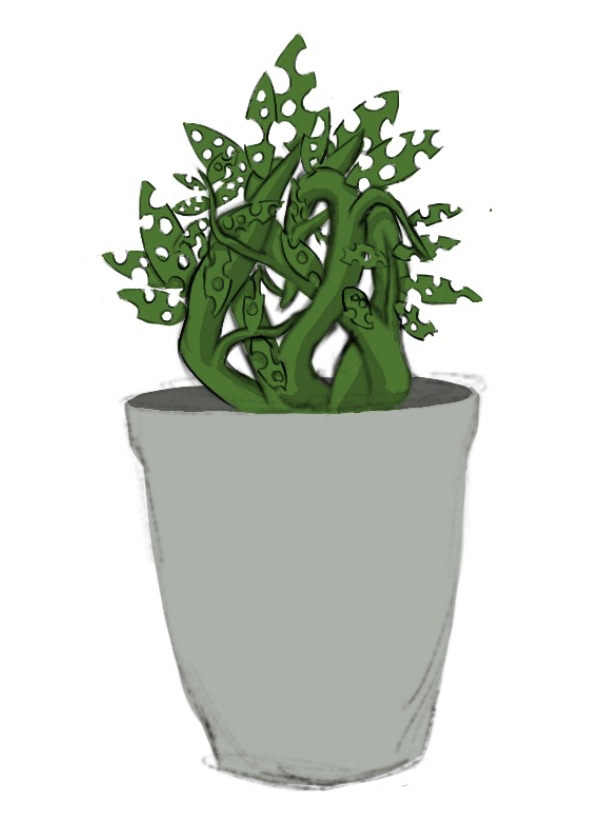
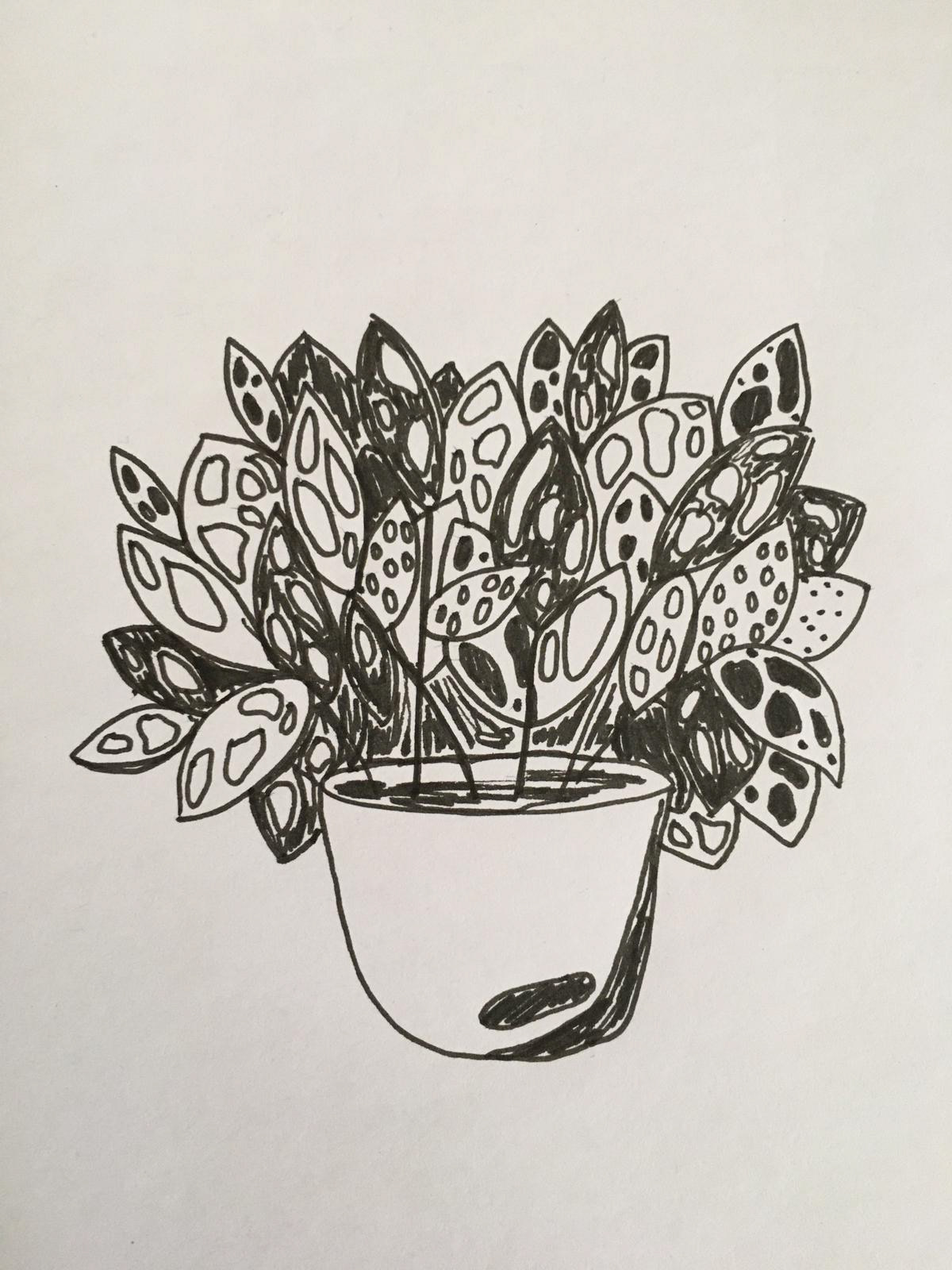
21 Drawings on the basis of the objective description
De plant is organisch, hij beweegt, groeit en ademt.
Hij staat nooit stil, hij is geen object.
De plant leeft.
Hij staat nooit stil, hij is geen object.
De plant leeft.
Wij nemen hem waar als een statisch object.
We zien de plant niet bewegen of groeien of ademen.
Wanneer de plant dus wordt vertaald wordt de vorm gebruikt alsof het de essentie van de plant is.
De vorm is voor ons de plant zelf.
We zien de plant niet bewegen of groeien of ademen.
Wanneer de plant dus wordt vertaald wordt de vorm gebruikt alsof het de essentie van de plant is.
De vorm is voor ons de plant zelf.
Dit is hoe wij in de grote zin waarnemen.
De wereld als hoe ze aan ons verschijnt is voor ons de werkelijkheid, dit is “echt”.
Dit is subjectief. Het is ruwe informatie, zoals weerkaatsend licht, opgevangen door ons oog.
Daarna vertaald aan de hand van ons referentiekader en geprojecteerd als de “realiteit”.
De wereld als hoe ze aan ons verschijnt is voor ons de werkelijkheid, dit is “echt”.
Dit is subjectief. Het is ruwe informatie, zoals weerkaatsend licht, opgevangen door ons oog.
Daarna vertaald aan de hand van ons referentiekader en geprojecteerd als de “realiteit”.
De plant, die tot leven komt, ademt, groeit en ook weer dood gaat wordt gereduceerd tot een statisch object.
De plant is hierbij een voorbeeld van "iets" dat op een totaal andere manier aan ons verschijnt dan dat het daadwerkelijk is.
De plant is hierbij een voorbeeld van "iets" dat op een totaal andere manier aan ons verschijnt dan dat het daadwerkelijk is.
Als een directe extensie van het menselijk lichaam kan onze technologie de objectieve wereld wel waarnemen.
Onze technologie zet deze objectieve vertaalslag om naar voor hun begrijpbare informatie. Het creëert bestanden en afbeeldingen die een objectieve blik representeren maar die niet binnen ons referentie kader liggen. Daarom kunnen wij deze informatie niet vertalen naar waar het voor staat.
Onze technologie zet deze objectieve vertaalslag om naar voor hun begrijpbare informatie. Het creëert bestanden en afbeeldingen die een objectieve blik representeren maar die niet binnen ons referentie kader liggen. Daarom kunnen wij deze informatie niet vertalen naar waar het voor staat.
Een voorbeeld is de 3D scanner, die een object omzet naar een bestand van honderdduizenden punten met XYZ coördinaten en op deze manier in zich een bestand vormt die deze objectieve realiteit (op basis van vorm) omzet naar een objectieve replica hiervan.
Voor het vertalen van dit bestand naar een voor ons herkenbare vorm is een handeling nodig, een vertaalslag.
De rauwe objectivatie bestaat uit 450.000 punten met ieder eigen XYZ-coördinaten, wij zien echter gewoon een plant.
De rauwe objectivatie bestaat uit 450.000 punten met ieder eigen XYZ-coördinaten, wij zien echter gewoon een plant.
The plant is organic, it moves, grows, and breathes.
It never stands still, it is not an object.
The plant is alive.
It never stands still, it is not an object.
The plant is alive.
We perceive it as a static object.
We do not see the plant moving or growing or breathing.
So when the plant is translated, the form is used as if it were the essence of the plant.
For us, the form is the plant itself.
We do not see the plant moving or growing or breathing.
So when the plant is translated, the form is used as if it were the essence of the plant.
For us, the form is the plant itself.
This is how we perceive in the larger sense.
The world as how it appears to us is reality for us, this is "real".
This is subjective. It is raw information, like reflected light, captured by our eye.
Then translated according to our frame of reference and projected as "reality".
The world as how it appears to us is reality for us, this is "real".
This is subjective. It is raw information, like reflected light, captured by our eye.
Then translated according to our frame of reference and projected as "reality".
The plant, which comes to life, breathes, grows, and also dies again is reduced to a static object.
Here, the plant is an example of "something" appearing to us in a totally different way than it actually is.
Here, the plant is an example of "something" appearing to us in a totally different way than it actually is.
As a direct extension of the human body, our technology does have the ability to perceive the objective world.
Our technology converts this objective translation into information understandable to them. It creates files and images that represent an objective view but are not within our frame of reference. Therefore, we cannot translate this information into what it stands for.
Our technology converts this objective translation into information understandable to them. It creates files and images that represent an objective view but are not within our frame of reference. Therefore, we cannot translate this information into what it stands for.
An example is the 3D scanner, which converts an object to a file of hundreds of thousands of points with XYZ coordinates and in this way creates in itself a file that converts this objective reality (based on shape) to an objective replica of it.
Translating this file into a form recognizable to us requires an action, a translation.
The raw objectivation consists of 450,000 points, each with its own XYZ coordinates; we, however, simply see a plant.
The raw objectivation consists of 450,000 points, each with its own XYZ coordinates; we, however, simply see a plant.